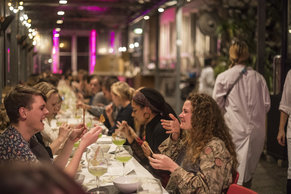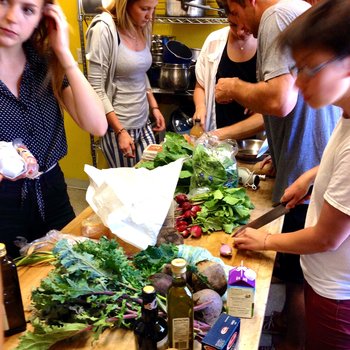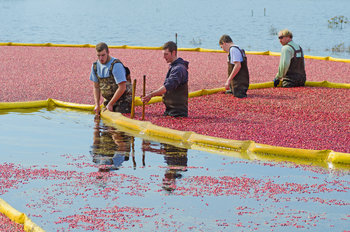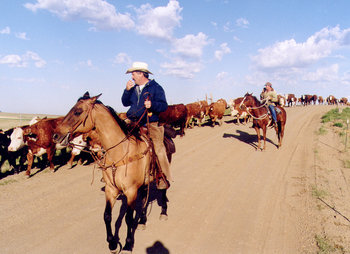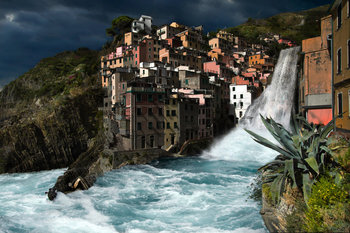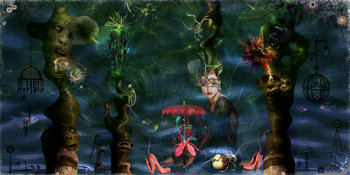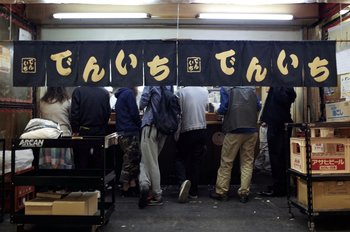
Vegetables
Vegetables are any plant consumed by humans as food including roots, stems, leaves, flowers, fruits and seeds. Humans cultivate more than 2000 types of plant for food and each of these can have a large number of varieties.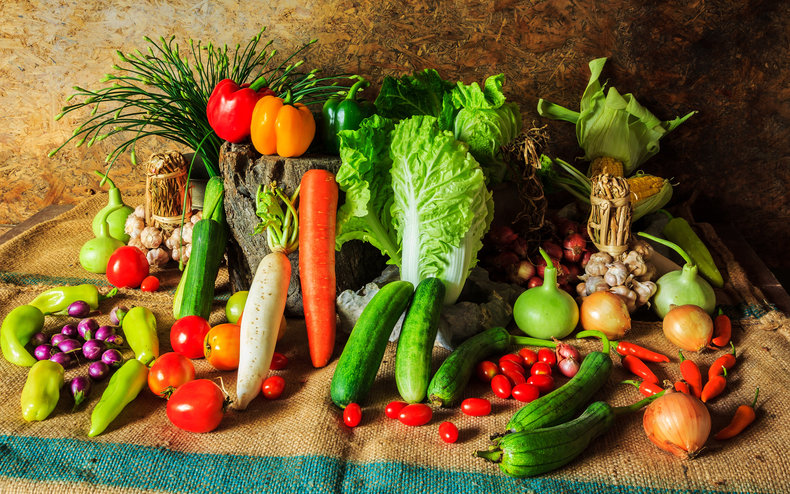
Fruits
Fruits are a plant structure that contain seeds. These are often sweet and nutritious as a way for the plant to encourage animals to eat the fruit. This benefits the plant by having the animal carry the seed away from the source plant. Some definitions of vegetable exclude fruits and seeds. Fruits and seeds are unique from other vegetables because in some cases the plant can survive the harvest and continue to bear fruit for many seasons.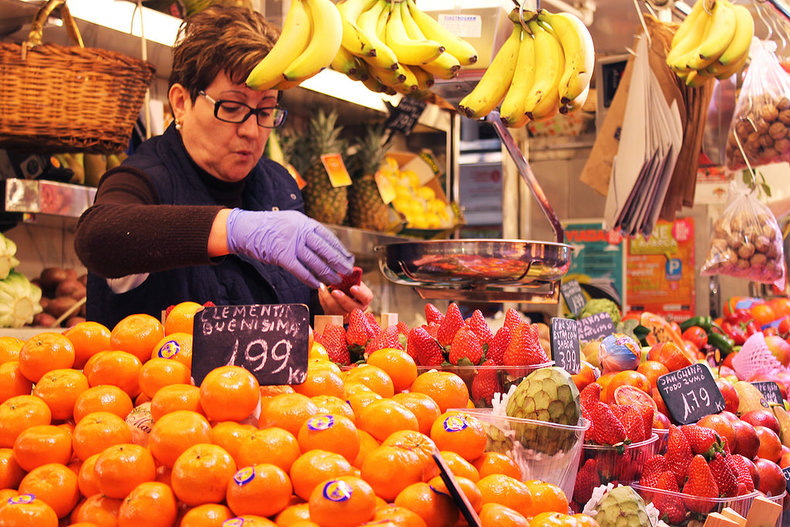
Cereals
A cereal is any fruit of a grass, usually known as a grain. These are an extremely important category of food as all major human civilizations historically used cereals as a staple food that provided a high percentage of caloric intake for their populations. Common cereals include rice, wheat, corn, barley and millet.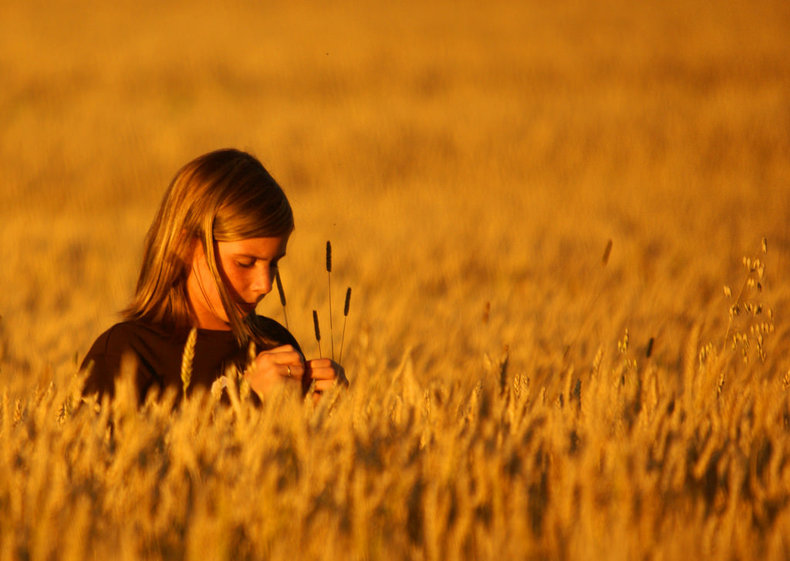
Seeds & Nuts
A seed is an embryonic plant and a nut is a seed that's in a hard shell. These are mostly energy-dense and nutrient-rich. Seeds include many important staples such as beans, peas and soybeans. Seed oils such as linseed oil, grape seed oil, sesame oil and rapeseed oil play an important role in cooking and nutrition. Most vegetable oils are seed oils.
Herbs
Herbs are plants that are valued for their savory or aromatic properties. They can be made from any part of a plant including flowers, stems, seeds or roots.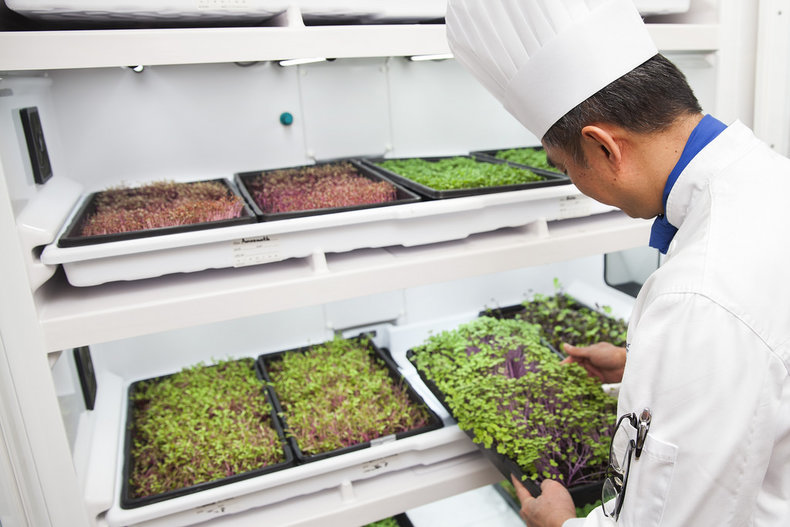
Spices
Spices are also plants that are valued for their flavor, perceived health benefits and special properties such as their contribution to food preservation. The difference between herbs and spices is that herbs are mostly leaves or flowers and are often served fresh. Spices are more likely to come from other parts of a plant and dried.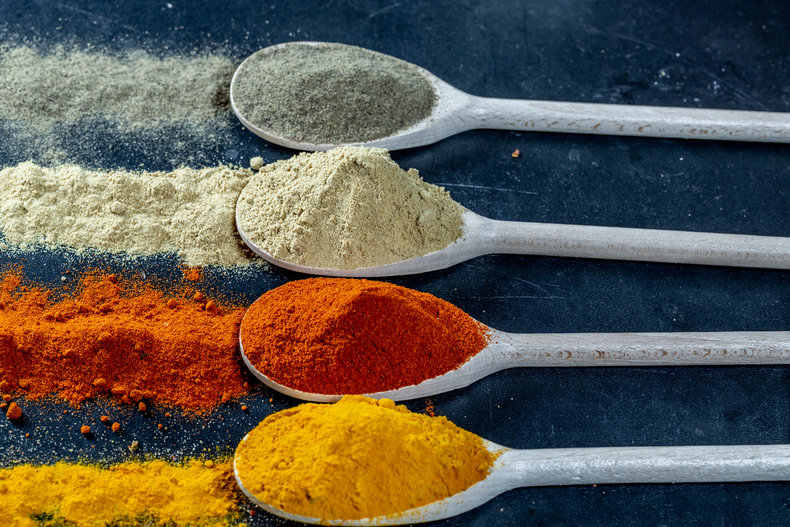
Salt
Salt is a unique food because it is an inorganic mineral, namely sodium chloride, that has a long history of culinary use. Salt is used for its flavor and as a preservative. In fact, salt was one of the primary ways to preserve food before the advent of refrigeration.
Meat
Animal flesh that is eaten as food such as chicken, beef and pork. Most meat is muscle but organ meat and blood are also consumed. Around 87% of the population of the world have an omnivorous diet that includes at least some meat or seafood.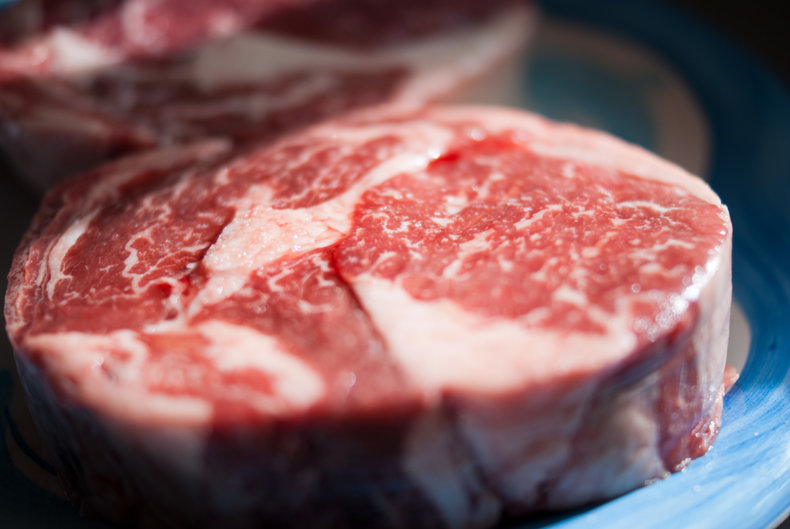
Seafood
Seafood includes any sea life that is consumed as food including fish, shellfish and edible sea plants such as seaweeds and algae. Many species of fish are endangered due to overfishing including bluefin tuna and species of sturgeon, eel and sea bass. This is often due to consumer preferences whereby demand for a popular seafood is well above what ecosystems can sustain and the inability of governments to cooperate to save fish stocks from collapse.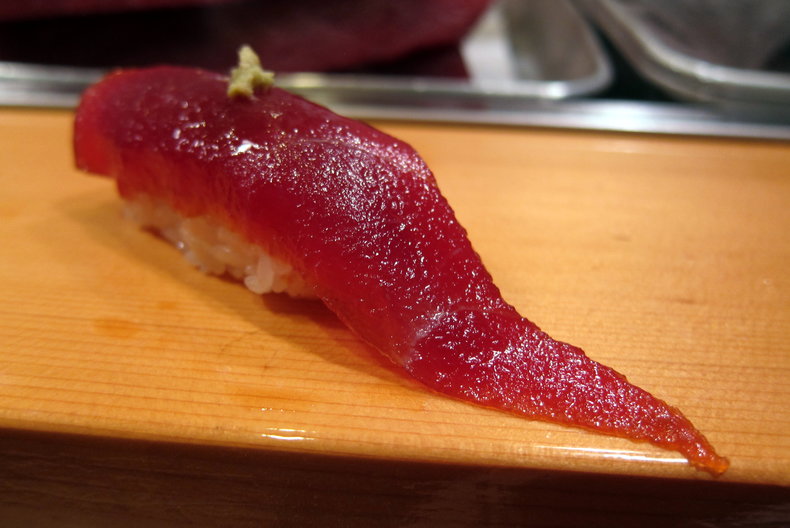
Eggs
The eggs of birds, particularly chicken, duck and quail eggs. Fish eggs are also a common type of food that are known as roe or caviar.
Dairy
The milk of mammals such as cows, goats and sheep and related products such as yogurt, cheese, butter, cream, custard and ice cream.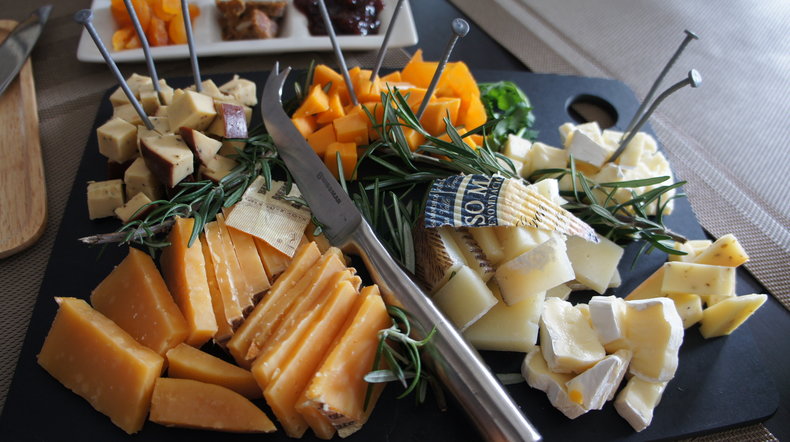
Plant Milks
Plant extracts that resemble milk such as soy, almond and coconut milk. Soy milk is the most notable of these as it is used to produce tofu -- an important element of traditional cuisine in East and Southeast Asia.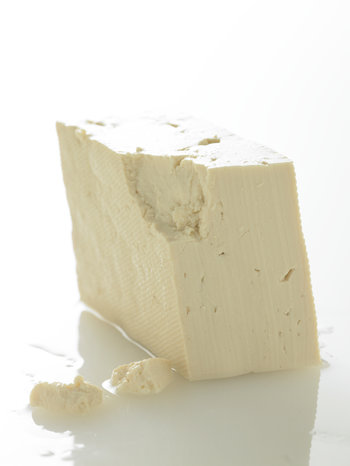
Fungi
Fungi include yeasts, molds and mushrooms. Molds are used in the production of food such as cheese and yeast is used in the production of food such as bread. Edible mushrooms include shiitake, straw mushrooms, oyster mushrooms and maitake. Edible fungi also include fungi that grow below ground such as truffles.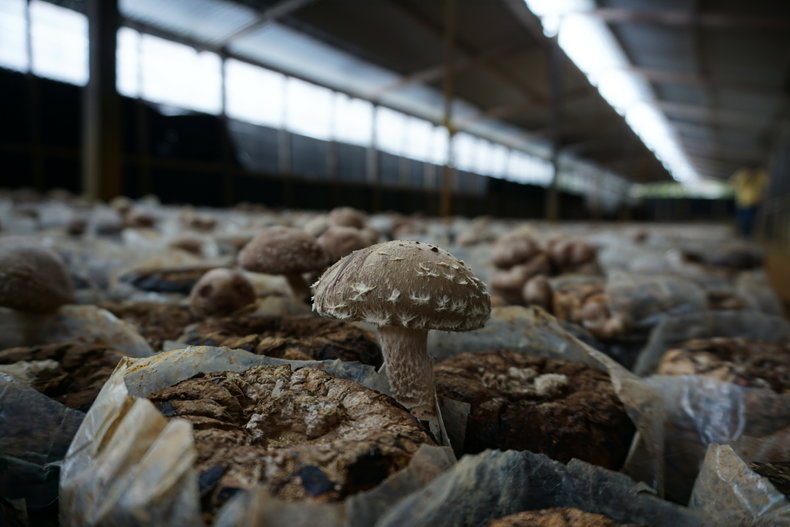
Bacteria
Bacteria are commonly used to make fermented foods such as yogurt, sauerkraut and kimchi and may remain active in the finished product. Bacteria are also used in the production of chocolate, vinegar, cheese, stinky tofu, natto and pickles.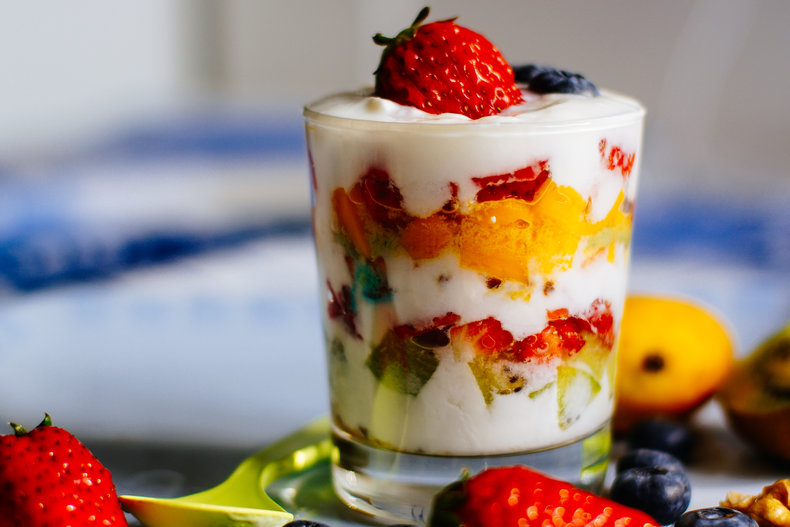
Honey
Honey is a relatively unique food because it is produced by an insect, namely honey bees.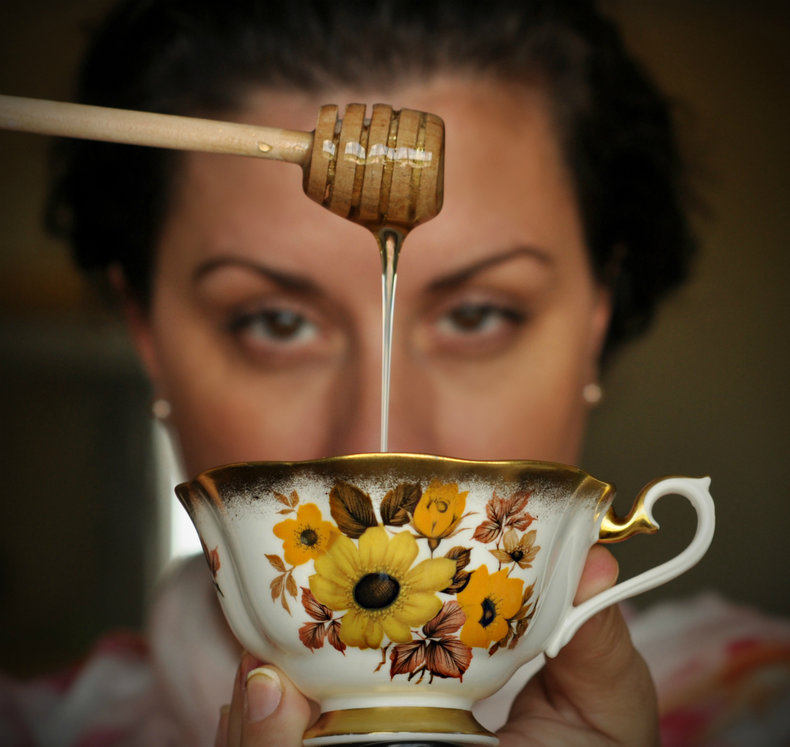
Insects
Insects are a relatively unpopular food despite their abundance. Around 2,000 species of insect may be edible. In cultures where insects are consumed, they are often something of a delicacy. For example, the Korean street food known as Beondegi that consists of boiled or steamed silkworm pupae is considered an acquired taste.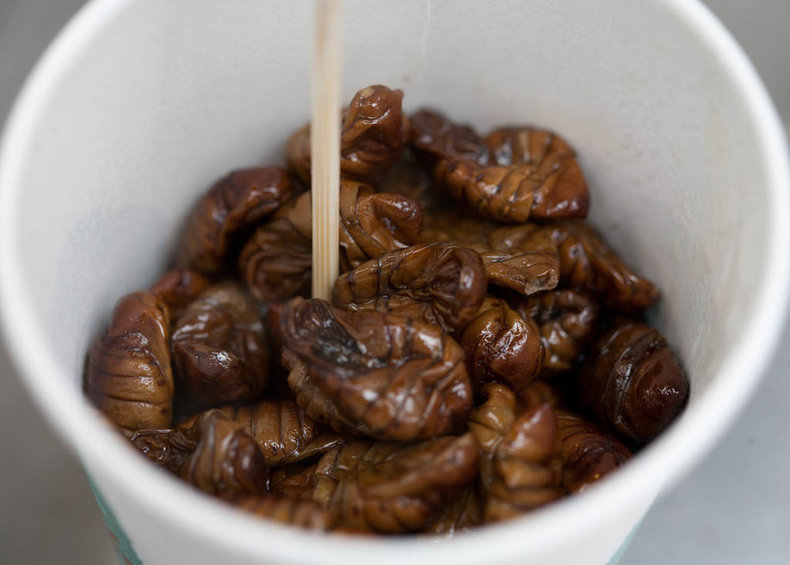
Food Additives
Organic and chemical substances that are added to food such as flavors, flavor enhancers, preservatives, anticaking agents, antioxidants, food coloring, color retention agents, vitamins, minerals, emulsifiers, glazing agents, thickeners and sweeteners.
Commodities
A commodity is a category of food that is bought and sold on markets at a standard level of quality. For a commodity crop, farmers have little incentive to improve quality beyond the standard level because they have no market power and must accept a market price. Commodities are typically produced at great scale and have a relatively low price.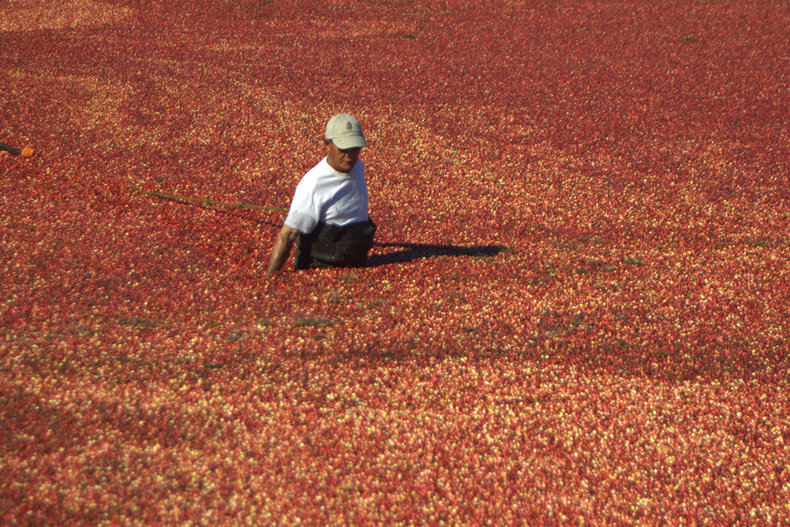
Organic
Organic food is food that is produced according to a standard that eliminates certain practices that are perceived as unhealthy such as chemical pesticides, chemical fertilizers, industrial solvents and irradiation.
Free Range
Free range is a farming practice that allows animals to roam freely. Consumers buy free range meat because they view it as more humane and/or healthy. The requirements to claim that a product is free range differ widely by region with some standards being strong and others relatively weak with regards to how much time animals spend outside and the minimum conditions they are to be afforded.
Artisanal Food
Food that is cultivated and prepared in labor intensive ways that produces a unique product based on the terroir of the land and skill of the producer. An artisanal food is more expensive to produce and is more valuable than an equivalent commodity. This is further associated with food that is produced in relatively small amounts and food that is mostly sold to locals. The term artisanal is also commonly misused as a marketing slogan.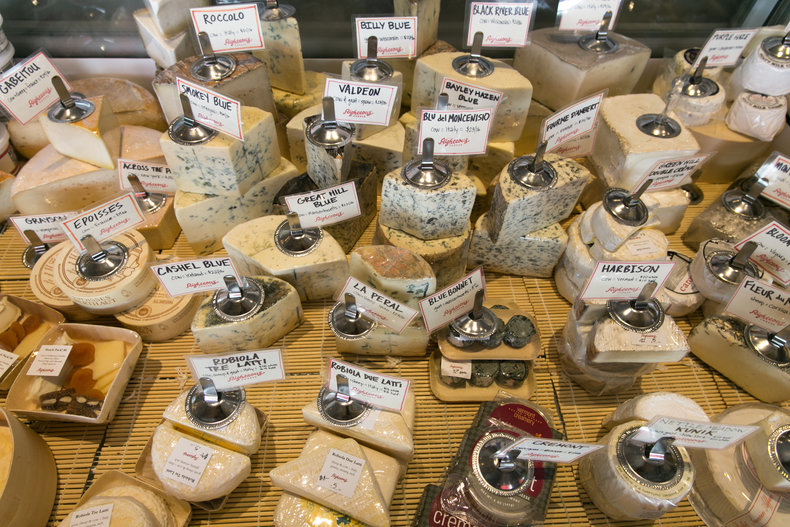
Appellation
An appellation is a legally protected category of food or beverage that can only be used by farmers and producers in a designated region who adhere to locally defined standards. This gives locals incentives to improve quality as the reputation of an appellation can be extremely valuable.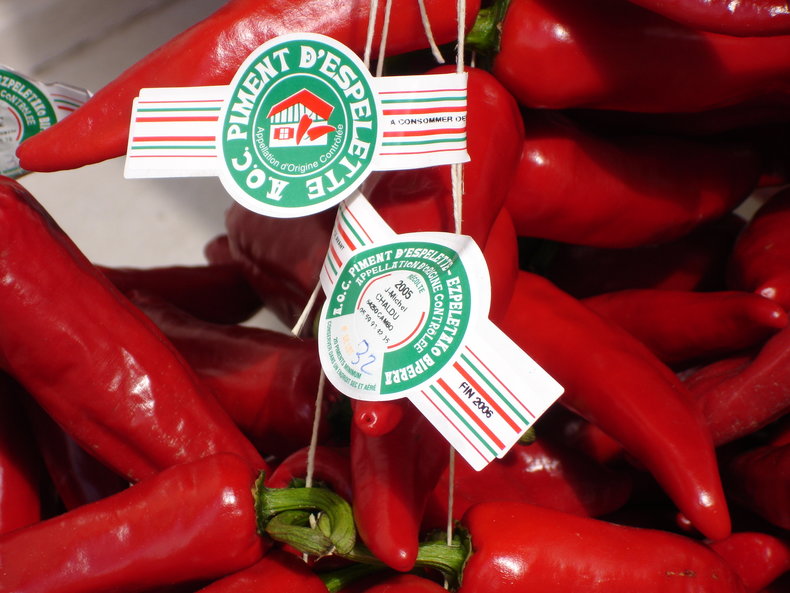
Raw Food
Raw food is any dish that is uncooked and relatively unprocessed such that it resembles its natural state. This can include vegetables, fruits, nuts, seeds, fish, meat and dairy products. As cooking and processing is helpful in destroying harmful microorganisms, raw foods require particularly careful cultivation, handling and preparation to avoid foodborne illness.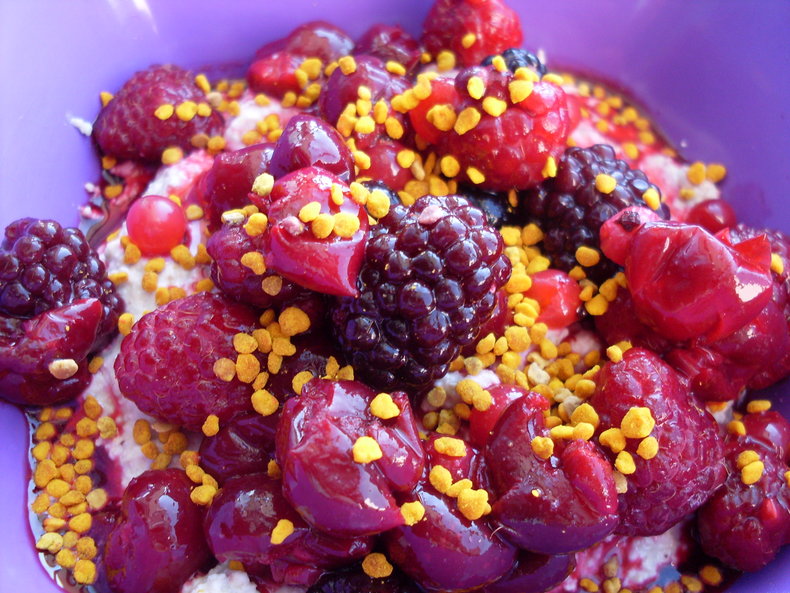
Processed Food
Food that has been processed to make it easier to consume or to improve its qualities such as shelf life. For example, jam sold in jars as opposed to raw fruit. Processed food often includes food additives.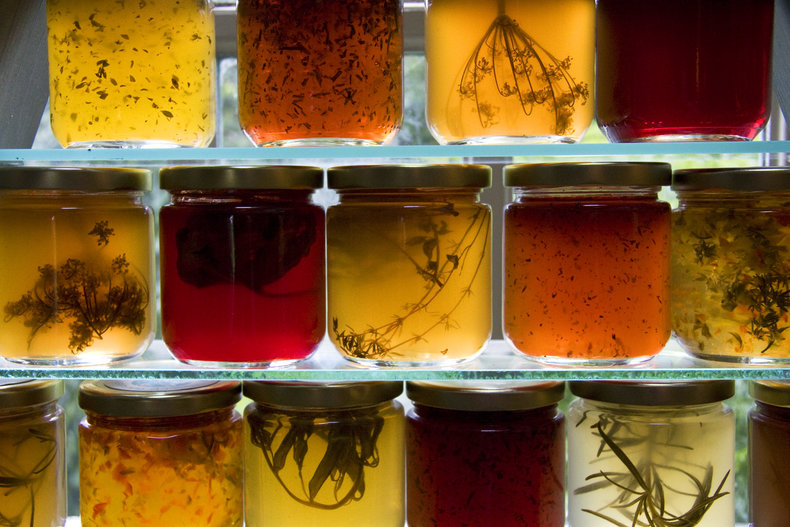
Convenience Food
Food that has been processed to the extent that it is ready to eat or almost ready to eat. This includes fast food, snack food and food that can be prepared in a microwave. Convenience food is often unhealthy due to food additives or extremely sweet and rich ingredients designed to attract consumers in a competitive market. It is also criticized as being overpackaged and devoid of authentic culture.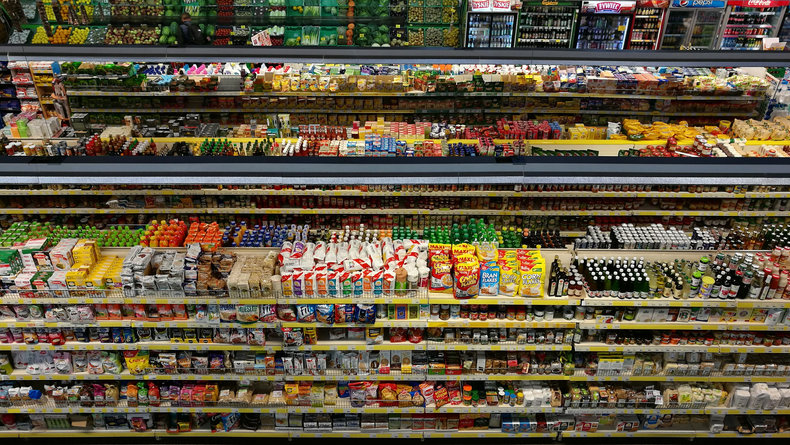
Traditional Food
The food that has been historically prepared in a nation, region, city, culture, community or family. This is typically refined over many generations such that it is very high quality. Every nation, but particularly old countries, have a large number of traditional dishes that are prepared both in restaurants and at home.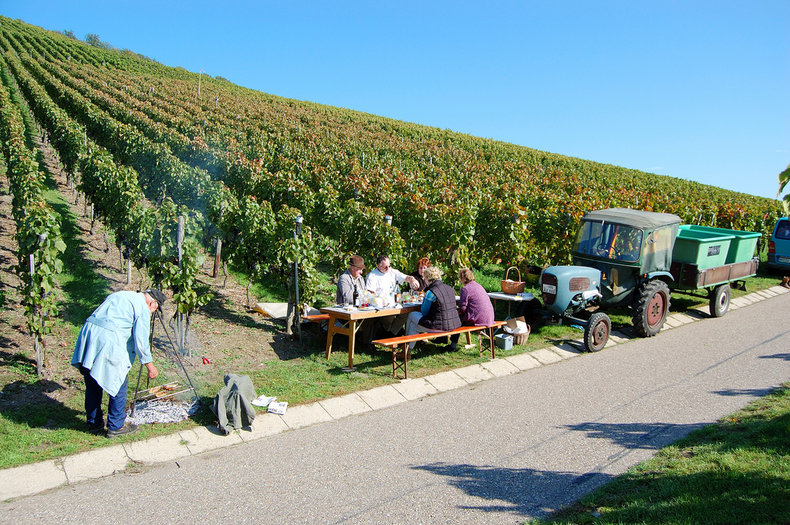
Cuisine
Cuisine is food that uses high quality ingredients that is prepared by a skilled individual at home or a professional chef at a restaurant or event. Cuisine includes traditional dishes and original creations.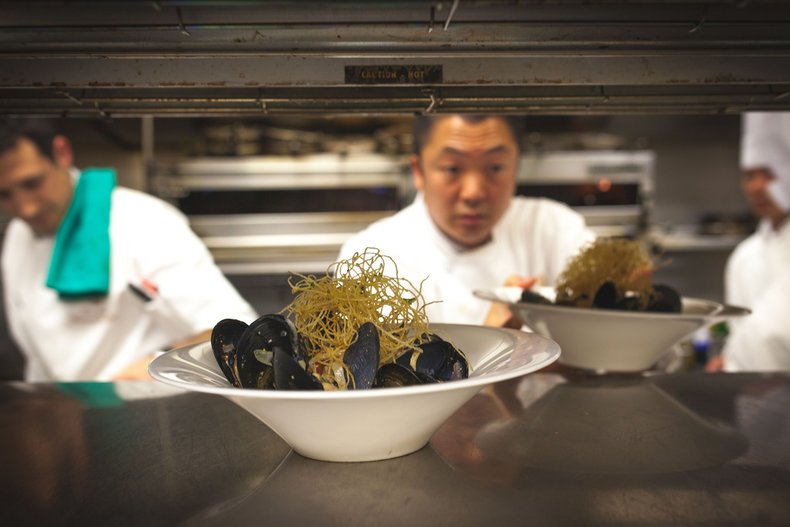
Dessert
A dessert is the last course of a meal that is sweet. These include convenience, traditional and fine desserts produced at home or by bakeries or confectioneries.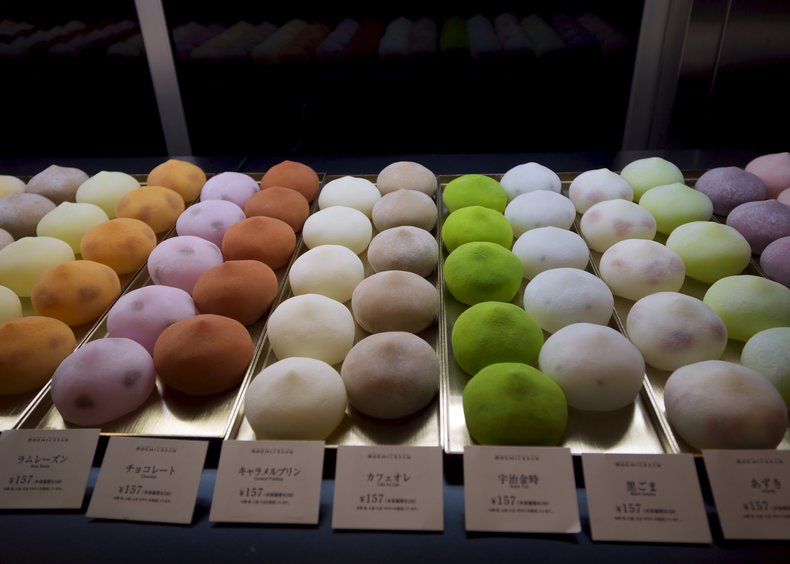
| Overview: Food | ||
Type | ||
Definition | Any substance that is consumed as a source of strength and nourishment. | |
Related Concepts | ||






